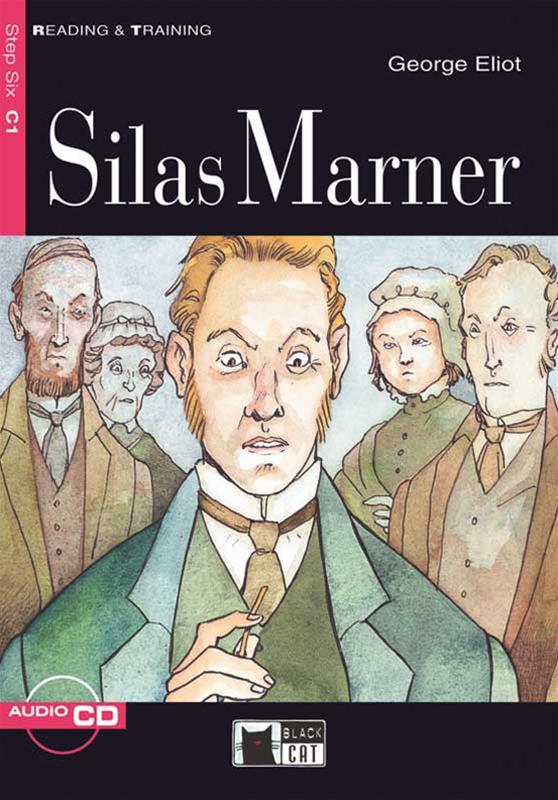
One night, the gold which he hoards in his cottage is mysteriously stolen, pushing him over the edge into deep depression. Here he lives as a recluse, amassing considerable wealth from his expertise as a weaver. He settles down in the distant rural village of Raveloe. In reality the clues point to his best friend, but Marner is declared guilty and forced to leave town. He is falsely accused of stealing the Calvinist congregation's church funds while watching over the dying deacon.


The story portrays young Silas Marner who works as a weaver in Lantern Yard, a fictitious industrialized town in the Midlands. The apparently simple plot is however a framework that holds together a complex structure of symbolism and great historical accuracy. It was published in 1861 and is notable for its very sensitive treatment of the burning issues of the day: industrialization, religion, individualism and the community and the idea of character as destiny. Silas Marner or The Weaver of Raveloe was George Eliot's third book. It is a little child who has wandered in out of the cold winter night. Instead of hard metal, he encounters a soft head of golden hair. There in front of the warm blaze he imagines he sees a heap of gold! The very gold that had been robbed from his house many years ago. When he regains consciousness, he returns to his fireside. He suffers from one of his bizarre fits of catalepsy and stands frozen for a few seconds.

One of the most memorable scenes in this novel occurs in Chapter Twelve, when the dejected and desolate Silas Marner steps outside his lonely cottage on New Year's Eve.


 0 kommentar(er)
0 kommentar(er)
